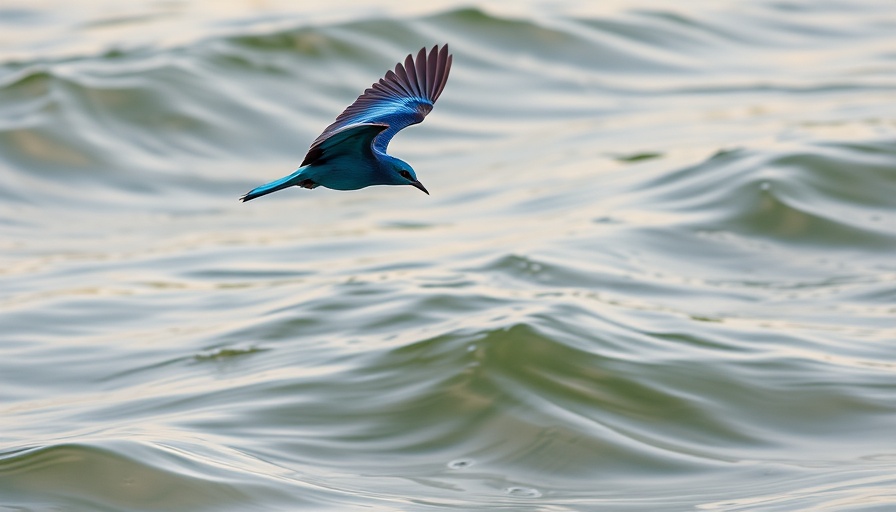
Flight Is More Than Just Wings
When we think of birds, we often picture their beautiful wings in flight. Yet, the ability to soar through the sky involves a series of intricate adaptations beyond just wings. Feathers, for instance, are not merely for show; they serve multiple vital functions. Light and waterproof, feathers provide insulation, enabling birds to maintain body heat despite varying weather conditions.
Lightweight Structures That Defy Gravity
Another remarkable feature of birds is their skeletal structure. Unlike our heavy bones, birds boast honeycombed or hollow bones that significantly reduce their body weight. This design is crucial as it lessens the gravitational pull that typically restrains terrestrial animals. Additionally, birds have evolved beaks made of keratin, eschewing the heavier jawbones and teeth found in other animals. This adaptation further minimizes their physical burden, allowing for effortless flight.
Energy Management for Efficient Flight
What birds consume also plays a crucial role in their flying capabilities. Many species favor energy-dense foods like seeds, fruits, and insects. These foods are not only packed with calories essential for energy, but they also contribute minimally to their overall body weight. Moreover, birds process their food quickly, preventing them from carrying any unnecessary weight, thereby optimizing their flight.
The Marvel of Adaptation
Every element that contributes to a bird's ability to fly showcases the incredible adaptations these creatures have made over millions of years. From their lightweight structural features to energy-efficient diets, adaptations for flight highlight the marvel of evolution in the avian world. Understanding these traits not only enriches our appreciation for birds but also deepens our connection to the natural world.
 Add Row
Add Row  Add
Add 




 Add Row
Add Row  Add
Add 

Write A Comment